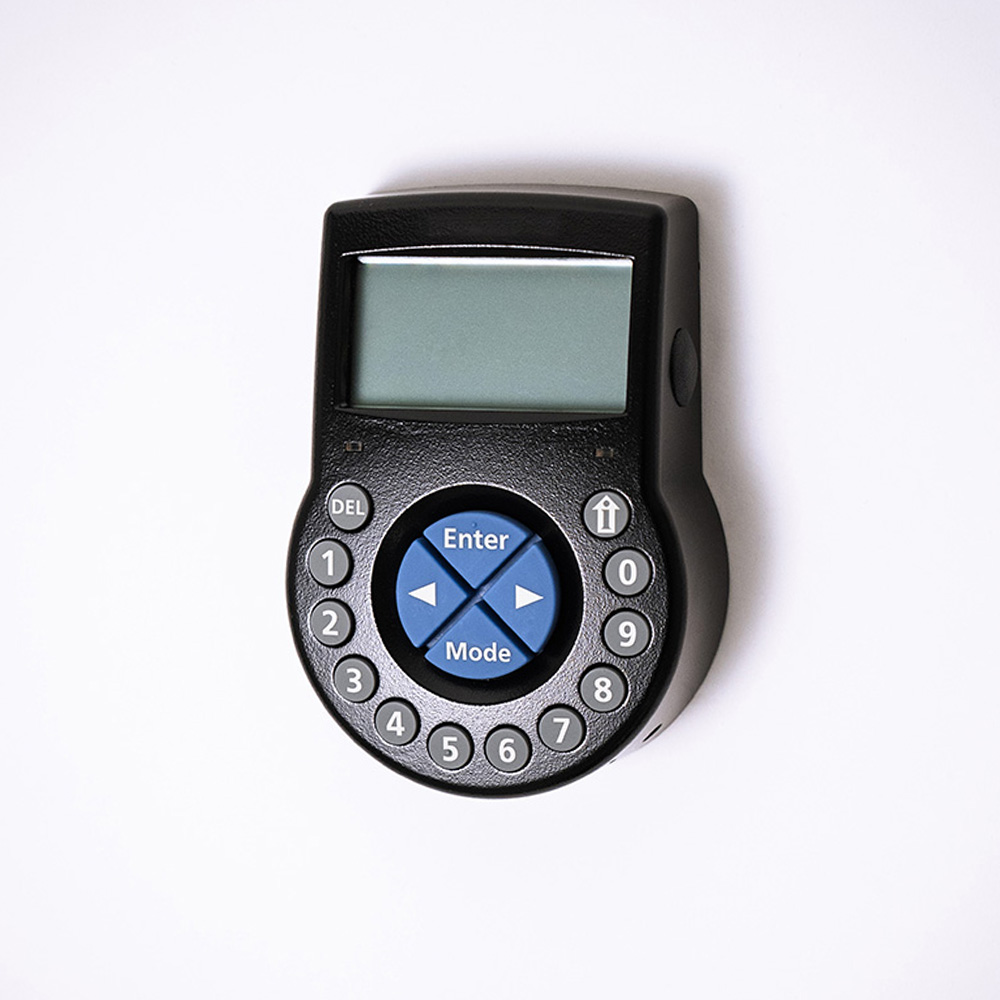Self-service area
Manuals
FAQ
This problem may have various causes. To help resolve the issue, please do the following:
- Before entering the code, turn the opening handle upward into the closed position. This allows you to make sure no force is exerted on the boltwork and the lock can open without any issues. Re-enter your code and try to open the safe.
- Change the battery in your lock. Find out how here. You should also check the expiry date of the new battery used. Once you have replaced the battery, re-enter your code and try to open the safe.
- There’s one more option left: is your code really correct? If that’s the case and the measures above haven’t worked, call our service team.
For security reasons, we do not have a master code your safe can be opened with, which is why it’s extremely important that the code is stored with a notary in order to preserve it even when the safe owner can no longer disclose the password (e.g. in the event of their death). If you have forgotten your code and there is no longer any hope of your remembering it, all that’s left for us to do is drill open the safe. This must be done carefully and professionally by our service team. Owing to the high security and complexity of our safes, this process is very laborious and takes several hours.
Of course, when you move house, your safe can move with you. In that event, professional assembly and anchoring are crucial for ensuring security. That’s why it’s important that this type of move is performed by experts. Our fitters are happy to help with this.
Choose the lock with the battery you’d like to change.
Important: once you have changed the code, always test the lock when the door is open!
The insurable value you can store in your safe depends on its resistance grade and your own insurance cover. Generally speaking, the higher the resistance grade, the higher the insurable amount. The following information applies as a guide:
| Resistance grade | without alarm system | with alarm system | WALDIS model series |
| I | n.a. | n.a. | – |
| II | 50,000 | 100,000 | Eco |
| III | 150,000 | 300,000 | Business |
| IV | 500,000 | 1,000,000 | First |
| V | 1,000,000 | 2,000,000 | Premium |
Once you’ve placed your order, you will receive your safe within four to five weeks. We put every effort into delivering our safes within the specified period. In exceptional cases, such as particularly laborious special designs, the specified period may be exceeded. In that case, however, we will inform you in advance. Express deliveries are also available on request.
Essentially, we recommend not hiding the safe but placing it where it is clearly visible. In the event of a break-in, burglars will focus on the safe and the rest of the house will remain unscathed. We’re happy to provide comprehensive advice on site when choosing your safe location. The positioning is crucial for correctly fixing the safe in place and plays a key role in ensuring security.
We have our own assembly team specialising in safe transport and assembly. Owing to the safes’ heavy weight, precise planning and specialist installation are essential to minimise risks. This also includes the organisation of any auxiliary resources, such as a crane. Our planning department will get in touch with you to arrange the smooth installation of your safe.
Need help?












